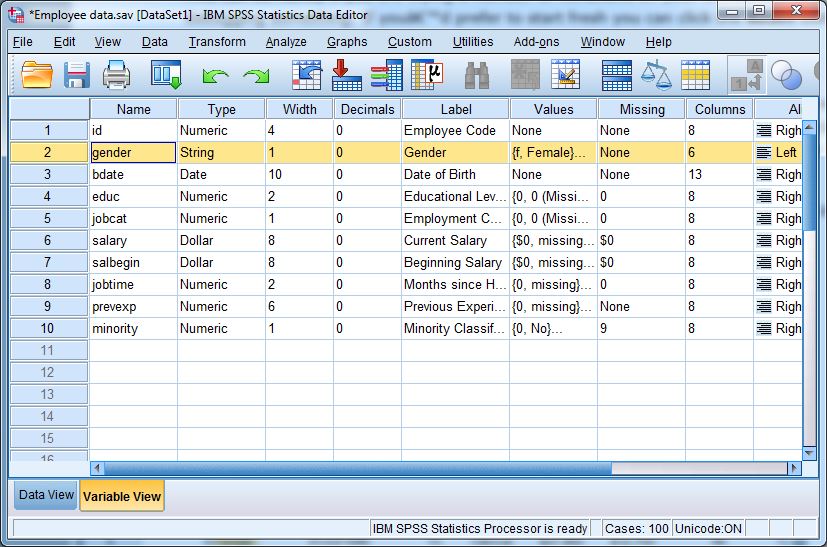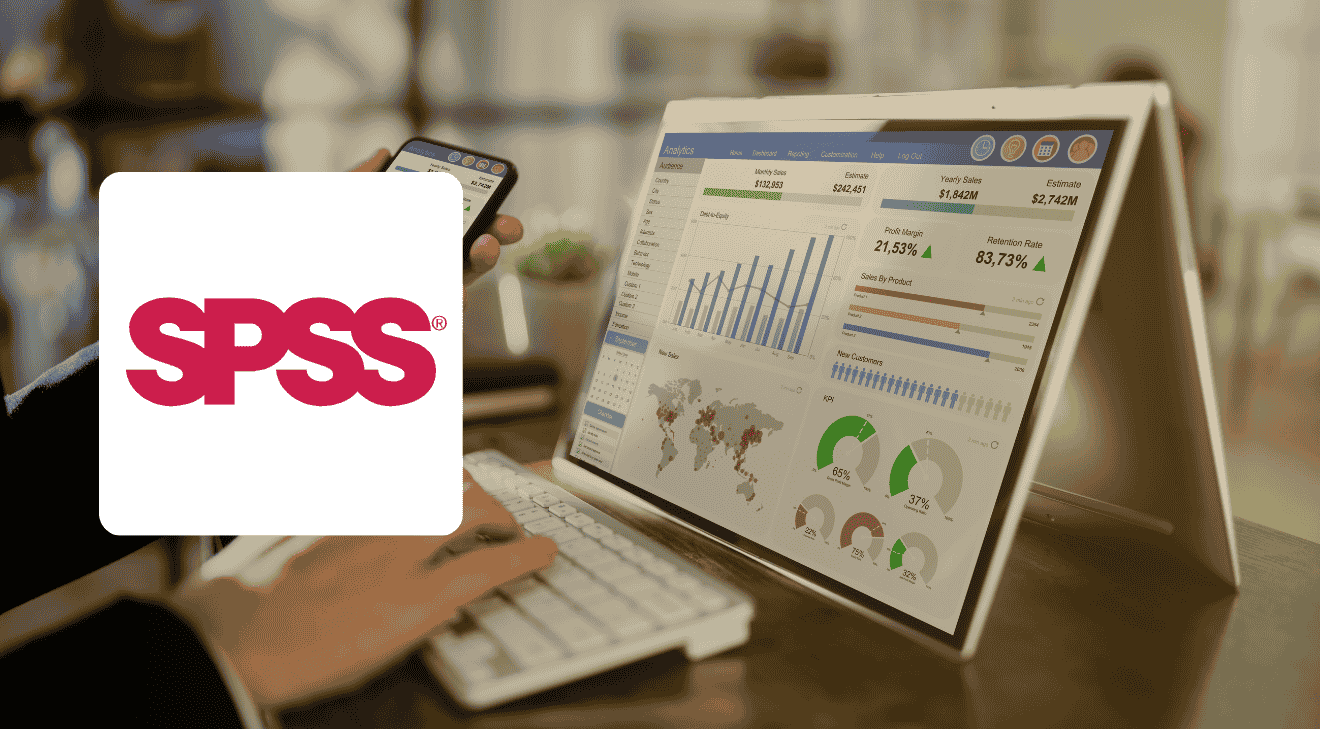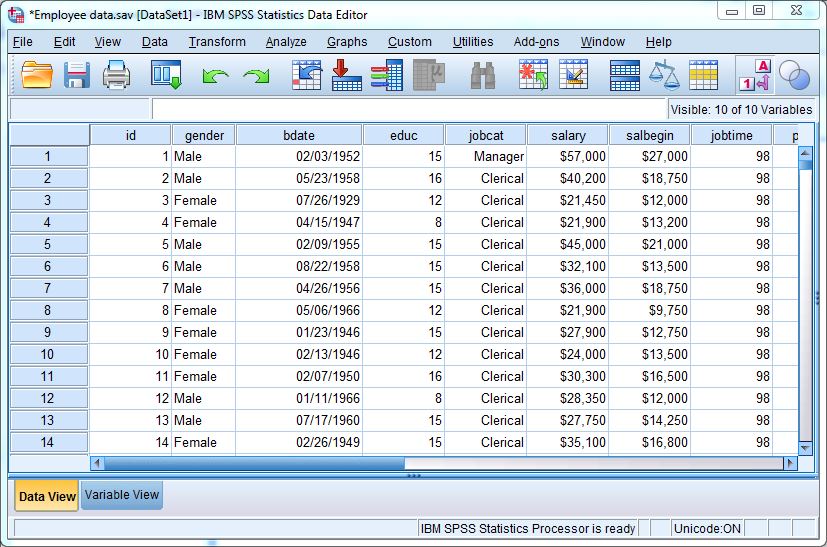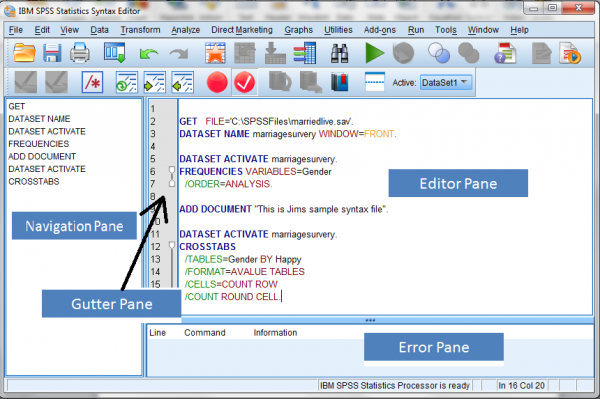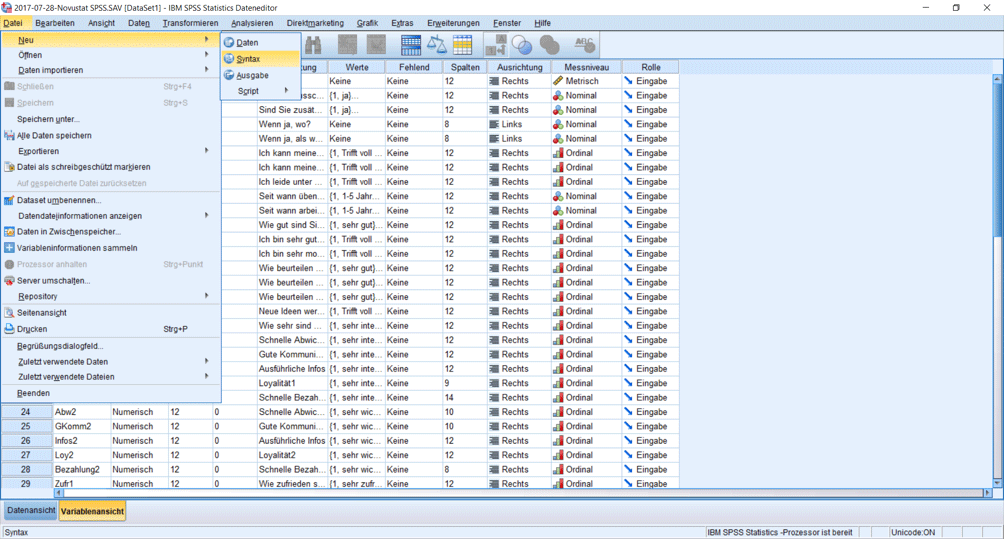How to Choose the Best SPSS Assignment Help Service|2025
Discover how to choose the best SPSS assignment help service with this guide. Learn key factors to consider, such as expertise, reliability, and quality to ensure top-notch support for your assignments! SPSS (Statistical Package for the Social Sciences) is a powerful tool for data analysis, but many students and professionals often seek external help to master its complex functionalities. Choosing the best SPSS assignment help service is crucial for ensuring accuracy, timely delivery, and a deep understanding of statistical concepts. This guide provides actionable tips and insights on how to select the right service, helping you excel in your assignments and projects.
Why Seek SPSS Assignment Help?
SPSS assignments often involve advanced statistical techniques, such as regression analysis, hypothesis testing, and data visualization. Here are a few reasons why students and professionals might need assistance:
- Complexity of Tasks: Understanding SPSS syntax and navigating its features can be challenging for beginners.
- Time Constraints: Tight deadlines may leave little time for thorough analysis.
- Error Minimization: Expert help ensures accuracy and reduces the risk of mistakes.
- Improved Grades: Quality solutions often lead to better academic performance.
Key Factors to Consider When Choosing an SPSS Assignment Help Service
1. Expertise and Qualifications
Ensure the service has qualified experts with experience in SPSS and statistical analysis. Look for:
- Academic qualifications (e.g., degrees in statistics, data science, or related fields).
- Professional experience in using SPSS for research or industry projects.
- Knowledge of various statistical methods and techniques.
2. Quality of Work
Review sample solutions or customer testimonials to assess the quality of work provided by the service. High-quality services should:
- Deliver accurate and error-free analysis.
- Provide clear explanations of the methodology.
- Use proper formatting and structure in reports.
3. Customization and Personalization
A good SPSS help service should tailor solutions to meet your specific requirements. This includes:
- Addressing unique research questions or hypotheses.
- Using provided datasets or creating sample datasets as per your instructions.
- Adhering to your preferred citation style and academic guidelines.
4. Timely Delivery
Meeting deadlines is critical, especially for academic assignments. When evaluating a service, check:
- Average turnaround time for assignments.
- Availability of expedited services for urgent tasks.
- Commitment to deadlines in customer reviews.
5. Pricing and Affordability
Cost is an important consideration for many students. Look for:
- Transparent pricing structures without hidden fees.
- Affordable packages or discounts for regular customers.
- Value for money, balancing cost with quality.
6. Communication and Support
Effective communication ensures smooth collaboration and clarifies doubts. Evaluate:
- Availability of 24/7 customer support.
- Responsiveness to queries and concerns.
- Accessibility through multiple channels (e.g., email, chat, or phone).
7. Confidentiality and Security
Protecting your personal and academic information is essential. Ensure the service:
- Guarantees confidentiality of your data.
- Uses secure payment methods.
- Has a clear privacy policy.
8. Revisions and Refund Policy
Choose a service that offers free revisions in case of errors or unmet expectations. Additionally, check:
- The number of revisions allowed.
- Conditions for refunds if the service fails to deliver as promised.
9. Online Reviews and Ratings
Read reviews on trusted platforms like Google, Trustpilot, or specialized forums. Pay attention to:
- Overall ratings and customer satisfaction levels.
- Positive feedback about the service’s expertise, quality, and support.
- Negative reviews to identify potential red flags.
10. Additional Resources and Support
A comprehensive SPSS help service may also offer:
- Tutorials or guides to enhance your understanding of SPSS.
- Live sessions or consultations for personalized guidance.
- Access to additional resources, such as datasets and statistical tools.
Steps to Choose the Best SPSS Assignment Help Service
- Define Your Requirements
- Outline the scope of your assignment, including research questions, datasets, and statistical methods.
- Specify the deadline and any additional instructions.
- Research Potential Services
- Search for SPSS assignment help services online using relevant keywords.
- Shortlist services with positive reviews and high ratings.
- Evaluate Expertise
- Verify the qualifications of the experts.
- Request sample solutions to gauge their proficiency.
- Compare Pricing
- Obtain quotes from multiple services.
- Consider the balance between affordability and quality.
- Check Policies
- Review revision and refund policies.
- Ensure confidentiality and security guarantees.
- Test Communication
- Contact customer support to assess responsiveness and professionalism.
- Make an Informed Decision
- Choose a service that aligns with your requirements, budget, and expectations.
Common Mistakes to Avoid
- Choosing Based Solely on Price: Low-cost services may compromise quality or miss deadlines.
- Ignoring Reviews: Overlooking customer feedback can lead to poor experiences.
- Not Verifying Credentials: Ensure the service employs qualified experts.
- Neglecting Communication: Poor communication can result in misunderstandings and delays.
Benefits of Choosing the Right SPSS Assignment Help Service
- High-Quality Solutions: Expert assistance ensures accuracy and clarity in statistical analysis.
- Time Savings: Outsourcing assignments allows you to focus on other priorities.
- Enhanced Understanding: Clear explanations and guidance improve your knowledge of SPSS.
- Improved Academic Performance: Accurate and well-presented solutions contribute to better grades.
Top SPSS Assignment Help Services to Consider
- Getspsshelp.com: Known for its experienced team and detailed solutions.
- Gishomework.com: Offers affordable pricing and quick turnaround times.
- Arcgisassignmenthelp.com: Specializes in academic assignments with personalized support.
- Academic-Answers.com: Provides additional resources like tutorials and live consultations.
Final Thoughts
Selecting the best SPSS assignment help service requires careful consideration of factors like expertise, quality, affordability, and support. By following the steps and tips outlined in this guide, you can find a reliable service that meets your needs and helps you excel in your SPSS assignments. Remember, the right choice not only ensures academic success but also enhances your understanding of statistical analysis, paving the way for future achievements.
Getspsshelp.com is the best website for SPSS assignments due to its team of highly qualified experts with years of experience in statistical analysis and SPSS software. The website offers personalized assistance, ensuring that each assignment is tailored to the student’s specific needs and research requirements. With a focus on accuracy and timely delivery, students can rely on the platform to meet tight deadlines without compromising on quality. Additionally, the user-friendly interface and responsive customer support make it easy for students to access help and track their assignments. Whether it’s data analysis, hypothesis testing, or complex statistical modeling, getspsshelp.com provides comprehensive solutions that guarantee academic success.
Needs help with similar assignment?
We are available 24x7 to deliver the best services and assignment ready within 3-4 hours? Order a custom-written, plagiarism-free paper


:max_bytes(150000):strip_icc()/168116621SoloStudierInLibrary-56a18fe63df78cf7726c087e.jpg)









